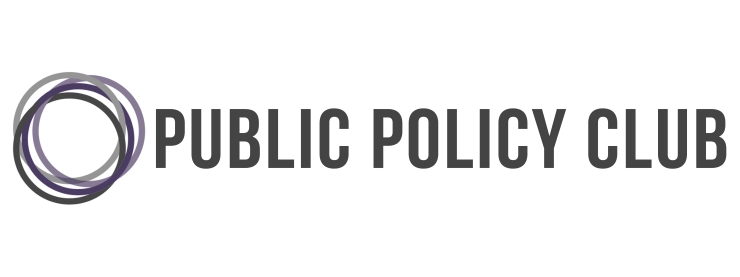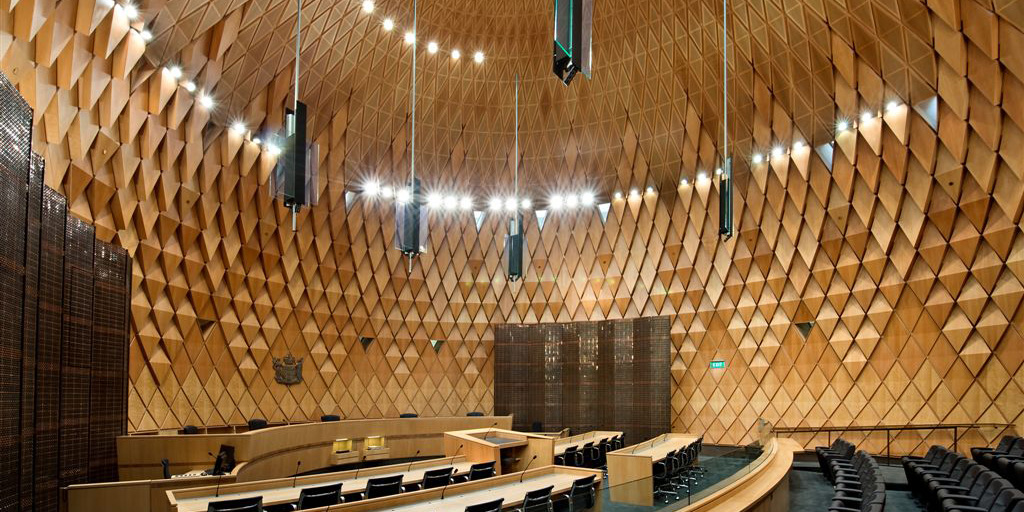Chief Justice Helen Winkelmann has said the legal aid system is “broken” and on the brink of “collapse” (Hancock, 2021). Have successive governments driven the system into crisis as CJ Winkelmann alludes? Is the system now a game between the haves and the have not? This article will take a closer look at the current legal aid framework.
By Raphaël Rauner
Before diving into the depths of this issue, it is important to understand what legal aid entails and the public policies behind it. In a snapshot, the current framework was created by the Legal Aid Act of 1969 as an access point to criminal and civil court representation. The assessment criteria for this service depends on an individual’s income. However, recent years have tightened access with successive budget cuts and restrictions (RNZ, 2021).

Tightening the Tap
It is indisputable that justice is expensive for individuals and taxpayers- last year, the justice system cost $3.5 billion (beehive.govt.nz, 2021).
Despite comparatively high expenditure, it is now harder than ever for the poorest Kiwis to access justice, with legal aid coverage shrinking from 15% in 2007 to only 8% of the population in 2021 (RNZ, 2021).
There are many reasons for this; although, the most significant element lies in the unchanged income criteria, which is increasingly difficult to reach due to wage inflation. The prior National Government made the last amendment to the income criteria under the Legal Services Act 2011.
Yet, in the last decade, getting covered for legal aid has been increasingly challenging- even solo parents working full-time on the minimum wage are considered too “wealthy” to qualify (RNZ, 2021). The system often only enables beneficiaries to access this funding, with pensioners frequently locked out too.
Meanwhile, well-off individuals are guaranteed access to legal representation. This is primarily due to their ability to afford lawyers and stronger connections. The disparity within the justice system is apparent.
Reluctance to Provide Legal Aid Services
The rigorous criteria to access this service exacerbates the situation. However, a perceived reluctance by lawyers to provide these services presents another problem (Hancock, 2021). There are many reasons for this reluctance; although, the current problem is caused by the considerable pay disparity.
Limited funding from the Ministry of Justice (MOJ) exacerbates the crisis (RNZ, 2021). The current hourly rate for a legal aid lawyer caps at $159, which is significantly lower than a defence lawyer or crown prosecutor, both of which pay around $300 per hour.
The pay “disparity” is driving legal aid to a crisis point, as Whanganui lawyer Wilkinson Smith described, in an interview with RNZ’s Farah Hancock, that legal fees at regular law firms are constructed to run at a profit (RNZ, 2021). According to Smith, legal aid lawyers in civil cases run at a “loss” due to price caps imposed by MOJ. These pay disparities indicate that legal aid is a burden for many lawyers and, therefore, a reluctance exists to provide this service.

A Field Under Strain
One only needs to speak to a community lawyer, and they will realise that legal aid is a complex and straining practice, as I found out at a community law centre. Currently, 2375 lawyers can provide legal aid services. However, only 480 provide civil legal aid such as family law, employment law, and other specialities (RNZ, 2021). This has resulted in providers having a large workload and being forced to turn down many cases, restricting access to hundreds of Kiwis. The so-called “system overload” is more prevalent in provincial areas, as Susan, a community lawyer, explained to me.
Susan’s workload is ample and relies on pro-bono contributions from law students and other lawyers. The paperwork is stacked high, as I asked her about the lengthy and arduous courtroom representation process, particularly in the civil context. Susan explained that lawyers providing this service often spend weeks and months researching and rehearsing before the court date- all while being forced to turn down other desperate people. Susan adds that the court cases place staffing pressures on the system.
Another element in the legal aid issue lies in the bureaucratic and complicated process of becoming a legal aid lawyer. The MOJ guidelines show that lawyers need ample experience to become legal aid lawyers, with family and civil lawyers requiring ‘substantial’ involvement in at least five court proceedings to apply (MOJ, 2021). This is out of reach for most graduate and junior lawyers while seasoned lawyers prefer to work on high paying cases and often choose not to undertake this commitment.
Closing Remarks
Everyone will arrive at different conclusions on the legal aid issue. However, it is important to question the value of a fair and accessible justice system that serves Kiwis’ needs. It is also vital to question whether Winkelmann CJ’s description of the legal aid system as “broken” is correct? Should the government change income criteria, making legal aid more accessible? Should the government increase hourly wages for legal aid lawyers? Are there other alternatives to fixing this system before it breaks?
*PPCs and the author’s personal opinion are not necessarily illustrated in this article. This article is to inform and ask questions.
Bibliography
- https://www.legislation.govt.nz/act/public/2011/0004/latest/resultsin.aspx?search=sw_096be8ed81bab9e7_lawyer_25_se&p=1
- https://www.rnz.co.nz/news/in-depth/453369/legal-aid-system-broken-and-may-collapse-chief-justice
- https://www.rnz.co.nz/news/national/455427/legal-aid-thousands-turned-away-by-lawyers-in-collapsing-system
- https://consultations.justice.govt.nz/osd/improving-the-legal-aid-provider-experience/user_uploads/guidance-for-lawyers-applying-for-approval.pdf
- https://www.beehive.govt.nz/speech/economic-costs-crime#:~:text=New%20Zealand%20spends%20a%20lot,crime%20is%20impossible%20to%20quantify.
Images
- https://www.pscconnect.co.nz/the-supreme-court-of-new-zealand-reaches-a-reinstatement-decision/
Image - https://www.rnz.co.nz/news/in-depth/453369/legal-aid-system-broken-and-may-collapse-chief-justice
- https://www.rnz.co.nz/news/in-depth/453369/legal-aid-system-broken-and-may-collapse-chief-justice




